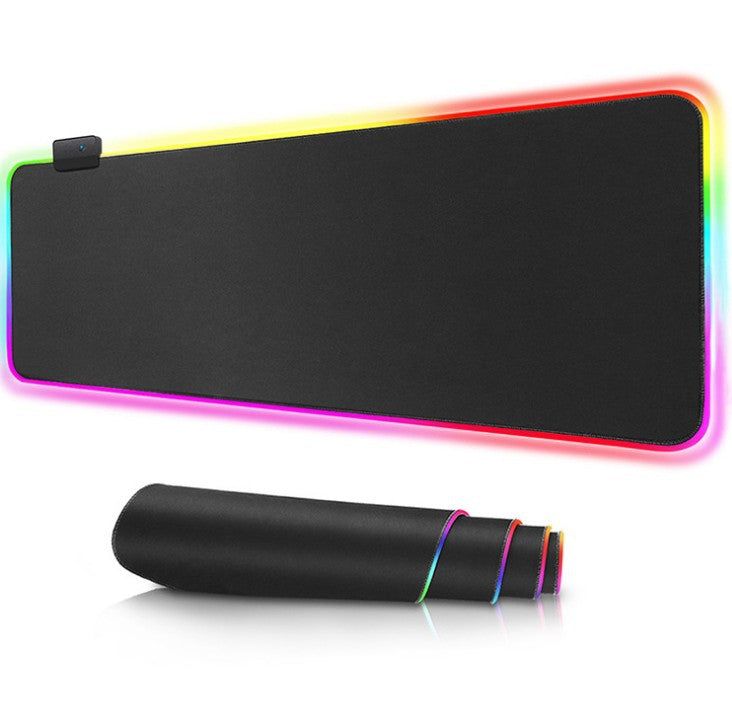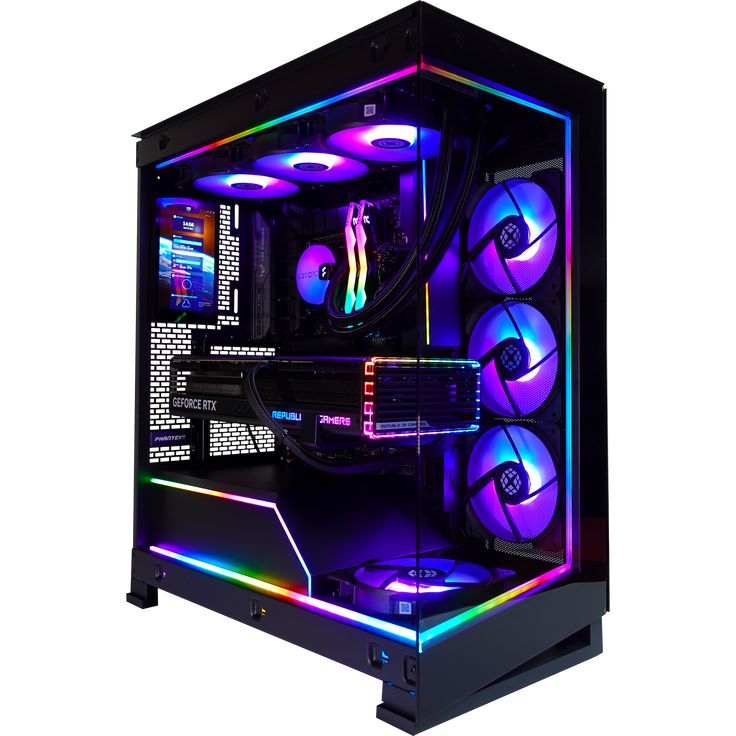The Evolution of Gaming Controllers: A Journey Through Innovation
Gaming controllers have come a long way since their inception, evolving from simple devices with a couple of buttons to sophisticated pieces of technology designed to deliver an gaming experience. They are not just peripherals; they are the gateway to the gaming universe, allowing players to interact with their favorite games seamlessly. In this blog, we will explore the history, types, and features of modern gaming controllers that have revolutionized the gaming industry.
A Brief History of Gaming Controllers
The journey of gaming controllers began in the 1970s with the iconic Atari joystick, a single-button controller that set the stage for future innovations. The 1980s saw the rise of the D-pad (directional pad) with the Nintendo Entertainment System (NES), introducing a more intuitive way to navigate games. The 1990s brought ergonomic designs and additional buttons, as seen with the Sega Genesis and Super Nintendo controllers.
Fast forward to the 2000s, analog sticks and vibration feedback became standard features, with Sony’s DualShock series leading the charge. Today, controllers like the Xbox Elite and PlayStation DualSense offer unparalleled precision, haptic feedback, and adaptive triggers that respond dynamically to in-game actions.
Types of Gaming Controllers
- Traditional Gamepads: These are the most common type of controllers, featuring a combination of buttons, triggers, and joysticks. Examples include the Xbox Series X controller and the PlayStation DualSense.
- Arcade Sticks: Popular among fighting game enthusiasts, these controllers mimic the setup of classic arcade machines, providing precise control over combos and moves.
- Motion Controllers: Introduced with systems like the Nintendo Wii, these controllers track movement in 3D space, adding a physical element to gaming.
- Specialized Controllers: Devices like racing wheels and flight sticks cater to niche gaming genres, enhancing realism.
- Mobile Controllers: Designed for smartphones, these controllers attach to your device, transforming it into a portable gaming console.
Key Features of Modern Gaming Controllers
Modern gaming controllers are packed with features that elevate gameplay:
- Ergonomics: Controllers are designed to fit comfortably in the hands for extended gaming sessions.
- Wireless Connectivity: Bluetooth and proprietary wireless connections eliminate cables for hassle-free gaming.
- Customizability: High-end controllers allow users to remap buttons, adjust sensitivity, and even swap components.
- Haptic Feedback: Advanced vibration motors provide tactile feedback, making in-game actions feel more realistic.
- Compatibility: Many controllers are cross-platform, working with PCs, consoles, and mobile devices.


